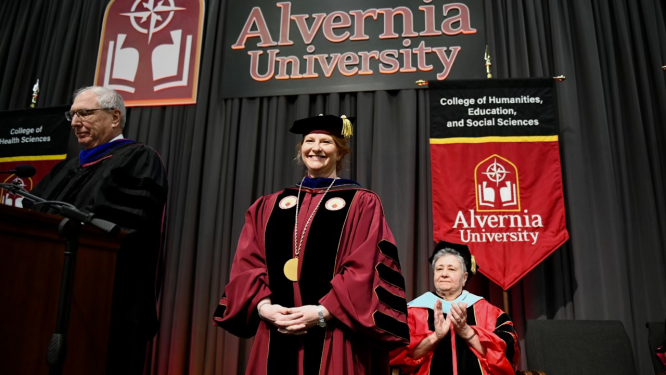The Keystone State has some work to do to provide more access to quality pre-Kindergarten programs for the youngest Pennsylvanians.
Only 43% of eligible 3- and-4-year-olds are in high-quality, publicly funded pre-K, leaving more than 87,000 without access, according to the new “State of Early Care and Education in Pennsylvania” report.
Maggie Livelsberger, policy director for Pennsylvania Partnerships For Children, said young children need access to programs preparing them to start Kindergarten. But she points out that inadequate funding for child care has led to issues of supply and demand, affecting a family’s ability to find care they can afford.
“It also impacts child care providers, and their ability to be compensated fairly, to pay their teachers and maintain their business expenses,” Livelsberger outlined. “We are living in a world where there is a very historic workforce shortage within the child care system, and a lot of that is due to unlivable wages.”
Livelsberger added in the Keystone State, child care center workers earn on average less than $12.50 an hour, or less than $26,000 a year. The report recommended the state increase funding for the child care sector, and develop a pay system to put pre-K teachers on par with K-12 teachers with similar education levels.
Livelsberger acknowledged child care providers have benefited from supplemental stimulus funding the state received, and there is some new money in the state budget for child care. But she insists more is needed.
“Child care has historically been underfunded,” Livelsberger emphasized. “Even though there are new funds for child care in this budget, it’s not nearly enough to be able to combat this workforce shortage that the sector is facing. And that’s really closing classrooms and not allowing families to access that care.”
The report recommends the state’s Office of Child Development and Early Learning produce a report every three years to give what it calls a “clear picture” of the early-childhood workforce and recommend ways to expand and improve it.




